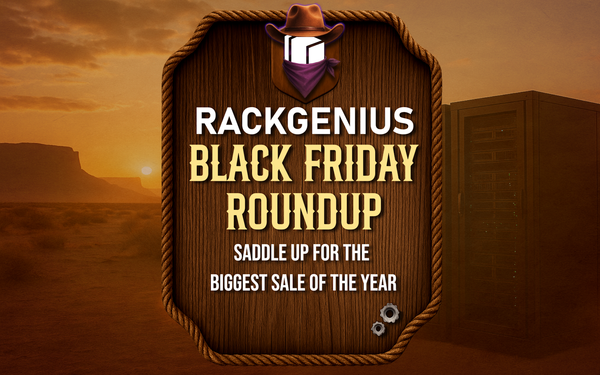The Downfall of the Adobe Subscription Process

I’ve been using Adobe products for a long time. When I was younger, I started with Adobe Flash CS6, using it to design rooms and items for virtual worlds. Outside of editing software this was one of my first introductions to hands on creative software. This opened the door to learning programs like Photoshop and After Effects. I loved experimenting, making things move, designing layouts, and figuring out how everything worked. It was challenging, but it felt extremely rewarding.
When I got to college, I worked more seriously with Adobe InDesign and Illustrator to create letters though white space, advertising layouts, and other design projects. It helped me grow as a creative person and gave me a lot of appreciation for the tools that professionals use every day. That appreciation slowly started to fade once I began dealing with Adobe’s subscription system
When the Creativity Turns Into a Bill with a Capital B
Owning older versions like CS6 or standalone Photoshop felt simple. You paid once, installed it, and it was yours. But now, everything is behind a subscription paywall. If you want to keep using the software, you have to pay every month. If you run out of money or decide you don’t need it for a while, good luck trying to cancel because they’ll still charge you fees just for stopping.
It’s frustrating, especially for students or freelancers who might go through slow months financially. You could be doing great one month and struggling the next, and Adobe doesn’t seem to give a single **** . You either keep paying or you lose access to your work.
The Terms of Service That Make You Think Twice
Another huge issue is the Terms of Service that made headlines recently, where Adobe basically gave itself permission to access and analyze your content through its systems. That didn’t sit right with a lot of people, including me. When you spend years building creative projects and personal works, the last thing you want is for a massive company to claim they can scan or use your files for “product improvement.”, they even said they would use our artwork for advertisement without being paid a single cent.
It’s one of those things that makes you stop and think, why am I paying for something that treats my work like another algorithm?
Budget Restraints and Real Frustrations
Let’s be real, creative software is expensive. As someone who’s built websites, produced videos, and created advertising campaigns, I use a lot of tools. The last thing I want to deal with is software that locks me out of my own projects because I missed a payment.
Adobe’s system just doesn’t work for the average person anymore. Between high subscription prices, hidden cancellation fees, and complicated licensing rules, it feels less about helping creators and more about squeezing every last dollar out of them until you are dry.
What I Use Now
These days, I use a combination of Paint.net and Canva to create most of the visuals for RackGenius advertising campaigns. It’s simple, fast, and affordable. I can experiment freely without worrying about surprise charges or losing access to my work. Sure, they’re not as advanced as Adobe’s programs, but they get the job done and let me focus on being creative instead of being stressed about affording another subscription.
Why It Matters
I think Adobe forgot what made people love it in the first place. It used to be about accessibility and innovation. Back then, it gave you the tools to bring ideas to life. Now, it feels like it’s built a wall between creativity and affordability. The worst part is that it’s not even about the software quality. Adobe’s tools are still great. It’s the business model that’s driving people away.
Finding Better Options
There are plenty of creative alternatives out there now that don’t try to trap you in a contract. Programs like Affinity Designer and DaVinci Resolve give you solid tools without punishing you for not being able to afford them every month.
Maybe Adobe will realize that subscriptions only work when people actually feel respected, not when they feel like a hostage to the Adobe overlords.
Final Thoughts
I’ll always appreciate what Adobe taught me. Those early days learning Flash, experimenting with Photoshop, and tinkering with After Effects shaped how I think creatively. At this point, using Adobe products feels less like an opportunity and more like a headache.
Creativity should be about freedom, not about whether your credit card cleared this month.





